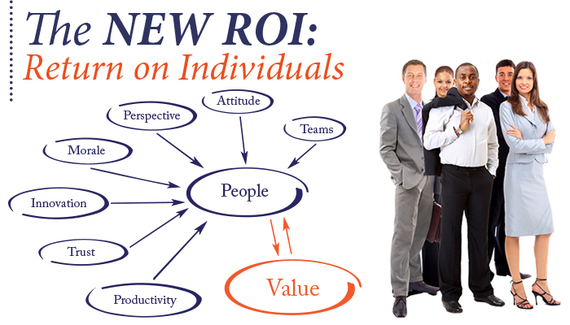Here's a story about a real company. This company provided doughnuts for its software development team every day. Good doughnuts -- and a great assortment of them.
This company also had a cafeteria so the employees never needed to be inconvenienced by having to leave the building at lunch time. And, at the end of every day, employees were given a free pot-luck dinner. Sounds like a pretty good company -- want to work there?
And now, for the rest of the story...
The company's motivations in providing these perks weren't exactly altruistic. You see, management learned that the software developers were willing to come in to work an hour or more ahead of their scheduled reporting time to get the best pick of the doughnuts. First come, first served. The assortment was also designed to create urgency as nobody wanted to get stuck with the few deliberately 'less desirable' doughnuts that were always included in the assortment.
Regarding lunch, management believed that productivity would suffer if employees went out to eat. Having an in-house cafeteria discouraged employees from leaving the building, plus they'd spend less time on lunch breaks.
The dinner announcement came between 6:30 and 7 p.m. The design was to get employees to stay beyond the end of their normal work day. And the pot-luck dinners? They were the items that weren't eaten at lunch time and would likely be discarded anyway.
How do you feel about this company now? Did they value their employees? Still want to work there?
As someone who's regularly involved in the valuation of intangible assets, I'm often asked which intangible asset is the most valuable to a company. I've always believed that it's the people. Sometimes it's just hard to quantify.
And as someone who has quantified the value of people for a large part of my career, I can tell you it's usually the other intangibles, like patents or trademarks, that mathematically wind up proving to be more valuable assets.
The BackStory
A few years ago, I was introduced to a fellow named David Jardin, founder of the Integrated Talent Management System, because we both "valued people."
David believed that all-too-often, the contributions of the workforce were not fully understood by management teams who relied on ineffective ways to measure such things. He believed that with the right talent management tools in place, employee engagement and productivity would increase and that management teams could have that "ah-ha" moment of realization that the employees can make a real difference -- and in a measurable way.
We began to collaborate on how our respective worlds "value" people; where in the valuation world, 'to value' typically refers to "quantifying the worth of" while in the talent management world, 'to value' typically referred to "being appreciated."
Our intuition was that there was likely a high correlation to a valued (i.e. appreciated) workforce having tremendous value, in dollars and cents. But how could we prove that?
We believed that if we could marry the disciplines of valuation and talent management, we could change the way 'people' were evaluated, change the way leadership perceived their employees, and quantify the impact of both on the overall value of the business.
The hope was to identify a mathematical equation -- the 'secret formula' -- to make such a determination.
Unfortunately, David passed away before we were able to pursue this fully, however, he inspired me to continue the conversation with others in an effort to keep the dream alive. And the more people I talked to about this project, the more people who wanted to be a part of it.
Please consider this just the beginning of a series called "The New ROI: Return on Individuals," that will document my quest to find greater meaning in the context of valuing people. As each new chapter is published, you'll see the image below as the 'cover' photo so you'll know that it's a part of this series.
As the series unfolds, I'll be sharing the data that I've uncovered and the conversations that I've had in collaborating with various thought-leaders from around the country. Some of the things that we will discuss include:
- The Characteristics of a Difference Maker
Along the way, I hope that we'll get feedback from readers who find that some of the messages resonate with them. Perhaps some will even become collaborators and contributors.
I've also created a LinkedIn Group for those who wish to be a part of an on-going conversation about these topics and interact with all of those who have generously shared their views.
At the conclusion of the series, I hope to provide a synthesis of the various perspectives and present a road map for how to maximize the value of your most important assets -- people; and just maybe, provide a 'secret formula' to help to quantify that value.
In the upcoming weeks, please join me and my collaborating partners in this journey to better understand The New ROI: Return on Individuals.
In the meantime...
If you believe that people are a company's most valuable asset and you'd like to be a contributor to the conversation, Click Here to join a LinkedIn Group where you'll have the opportunity to interact with the collaborators of this series and with others who also believe that people are a company's most valuable asset.
Thanks for reading -- If you enjoyed this article, please click the Like button above and let me know! (and if you like it, why not share it?)
You might enjoy these other insights from Dave.
About the Author:
Dave Bookbinder is a Director of Valuation Services at GBQ Consulting where he helps his clients with the valuation of businesses, intellectual property, and complex financial instruments. More than a valuation expert, Dave is a proactive problem solver who consults with companies of all sizes, both privately held and publicly-traded. Dave strives to lend his business experiences to help people with a variety of matters. For more about Dave, visit his LinkedIn profile.




